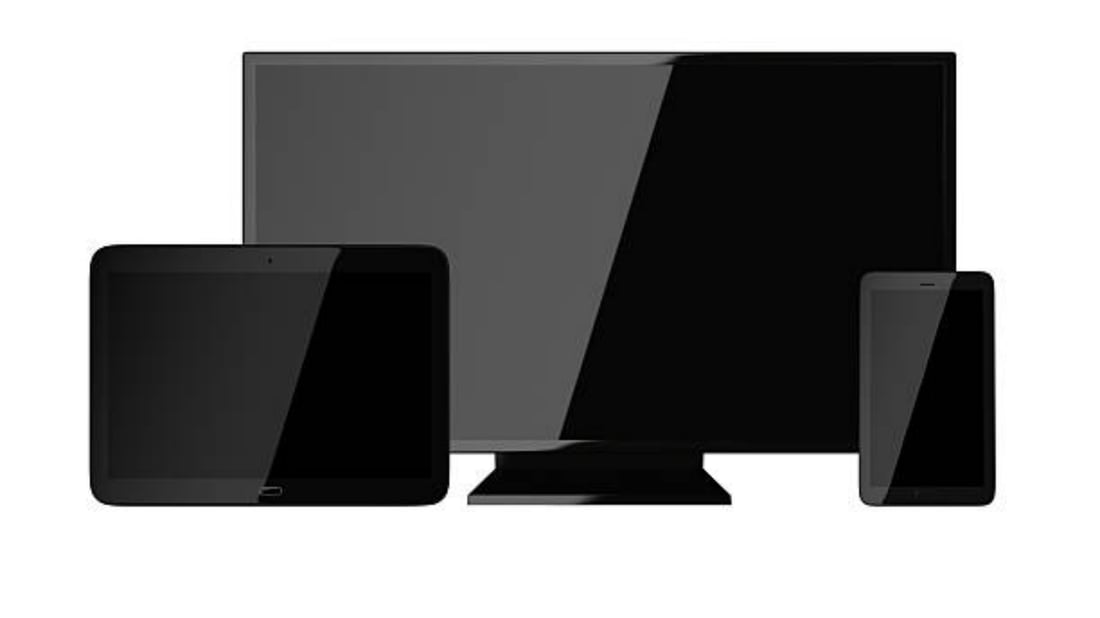Introduction: Understanding digital lcd tft displays
Digital LCD TFT displays have become an integral part of our daily lives, from smartphones and laptops to televisions and gaming consoles. These versatile and high-resolution screens have revolutionized the way we interact with technology. In this article, we will explore the various aspects of digital LCD TFT displays, their evolution, and their significant contributions to the modern world.
The Advantages of Digital LCD TFT Displays
Digital LCD TFT displays offer numerous advantages over their predecessors, such as CRT displays. One of the key benefits is their compact size and lightweight design, making them ideal for portable devices. These displays also consume less power, leading to longer battery life in devices like smartphones and tablets. Additionally, LCD TFT displays produce vibrant and sharp images with excellent color reproduction and wide viewing angles, enhancing the overall user experience.
The Evolution of Digital LCD TFT Displays
Over the years, digital LCD TFT displays have undergone significant advancements in technology and design. Initially, LCD displays were monochromatic and had limited resolutions. However, with the introduction of thin-film transistor (TFT) technology, these displays became capable of producing millions of colors and higher resolutions, leading to a more immersive visual experience.
The Role of TFT Technology in Digital LCD Displays
TFT technology plays a crucial role in the functionality of digital LCD displays. Each pixel in an LCD screen is associated with a thin-film transistor, which acts as an individual switch. These transistors allow precise control over the amount of light passing through each pixel, resulting in the creation of detailed images. The use of TFT technology also enables faster response times, reducing motion blur in fast-paced content such as movies and games.
Applications of Digital LCD TFT Displays
Digital LCD TFT displays find applications in various industries, including consumer electronics, automotive, medical, and industrial sectors. In consumer electronics, these displays are widely used in smartphones, tablets, laptops, televisions, and digital cameras. Automotive manufacturers integrate LCD TFT displays into their vehicles for infotainment systems, instrument clusters, and rear-seat entertainment. The medical industry utilizes these displays in equipment such as ultrasound machines and patient monitors, while the industrial sector employs them in control panels and automation systems.
The Importance of Resolution in Digital LCD TFT Displays
Resolution plays a crucial role in determining the quality of images displayed on digital LCD TFT screens. Higher resolutions result in sharper and more detailed visuals. The most common resolution for LCD TFT displays is Full HD (1920x1080 pixels), but advancements in technology have led to the emergence of higher resolutions such as 4K and 8K. These ultra-high-definition displays offer unparalleled clarity, making them ideal for applications that require precise visual representation, such as graphic design and video editing.
Enhancing the Viewing Experience: Backlighting in Digital LCD TFT Displays
Backlighting is an essential component of digital LCD TFT displays, as it determines the brightness and contrast levels of the screen. Early LCD displays used cold cathode fluorescent lamps (CCFL) for backlighting, but these have been largely replaced by light-emitting diodes (LEDs). LED backlighting offers several advantages, including improved energy efficiency, thinner displays, and better color accuracy. Additionally, advancements in LED technology have led to the development of local dimming, where specific areas of the screen can be dimmed or brightened independently, resulting in enhanced contrast and deeper blacks.
The Impact of Touchscreen Technology on Digital LCD TFT Displays
Touchscreen technology has revolutionized the way we interact with digital LCD TFT displays, making them more intuitive and user-friendly. Capacitive touchscreens, which are commonly used in smartphones and tablets, rely on the electrical properties of the human body to detect touch. This technology offers multi-touch capabilities, allowing for gestures such as pinch-to-zoom and swipe. Resistive touchscreens, on the other hand, use pressure to detect touch and are often found in industrial applications and some older devices.
The Future of Digital LCD TFT Displays
As technology continues to advance, so does the potential of digital LCD TFT displays. Manufacturers are constantly pushing the boundaries of resolution, color accuracy, and energy efficiency. Flexible and transparent displays are also being developed, opening up new possibilities for wearable devices, augmented reality, and smart surfaces. Furthermore, advancements in quantum dot technology and organic light-emitting diodes (OLEDs) are expected to further improve the color reproduction and contrast levels of LCD TFT displays.
Conclusion
Digital LCD TFT displays have come a long way since their inception, revolutionizing the way we consume and interact with visual information. Their compact size, low power consumption, and excellent image quality have made them indispensable in various industries. With ongoing advancements and innovations, these displays are likely to continue playing a significant role in shaping the future of technology and user experiences.

